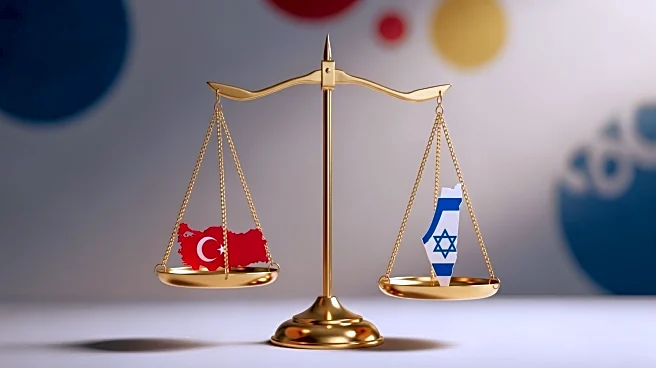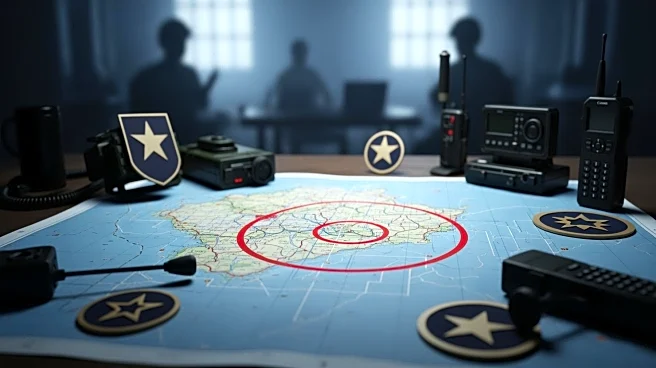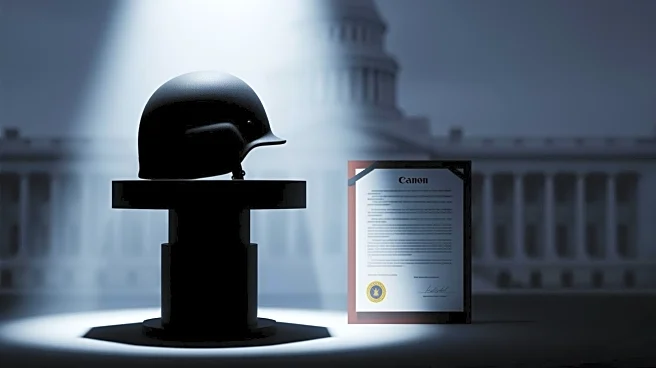What's Happening?
A ceasefire between Israel and Hamas has taken effect following a U.S.-brokered agreement. The deal includes a 20-point plan for ending hostilities, releasing hostages, and demilitarizing Gaza. The agreement calls
for Israel to release over 1,700 Gazans imprisoned in Israel and establishes a temporary transitional governance in Gaza, chaired by President Donald Trump. Hostilities began on October 7, 2023, when Hamas attacked Israel, leading to a prolonged conflict. The ceasefire aims to end the two-year war and address humanitarian concerns, including accusations of genocide against Israel.
Why It's Important?
The ceasefire represents a significant diplomatic achievement, potentially ending a prolonged conflict with widespread humanitarian implications. The agreement impacts regional stability, international relations, and the humanitarian situation in Gaza. The involvement of the U.S. underscores its role in Middle East diplomacy and conflict resolution. The ceasefire's success depends on adherence to the agreement and the resolution of outstanding issues, with potential implications for future peace efforts and regional dynamics.
What's Next?
The implementation of the ceasefire agreement and the resolution of hostages' remains are critical for lasting peace. The transitional governance in Gaza and the demilitarization process will require cooperation from all parties. International monitoring and support may influence the agreement's success and future diplomatic efforts. The humanitarian situation in Gaza remains a priority, with calls for increased aid and support.
Beyond the Headlines
The ceasefire agreement highlights the complexities of conflict resolution and the role of international diplomacy in addressing humanitarian crises. The situation may lead to long-term shifts in regional alliances and international policy towards the Israeli-Palestinian conflict.











